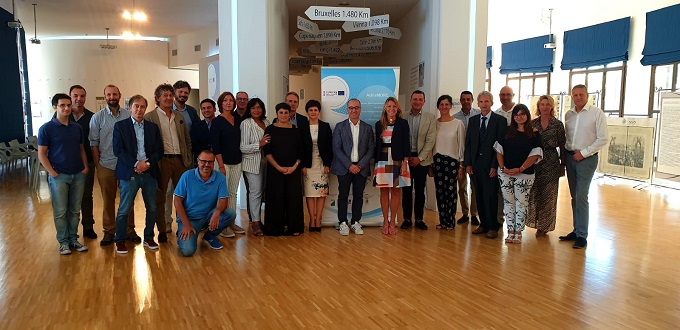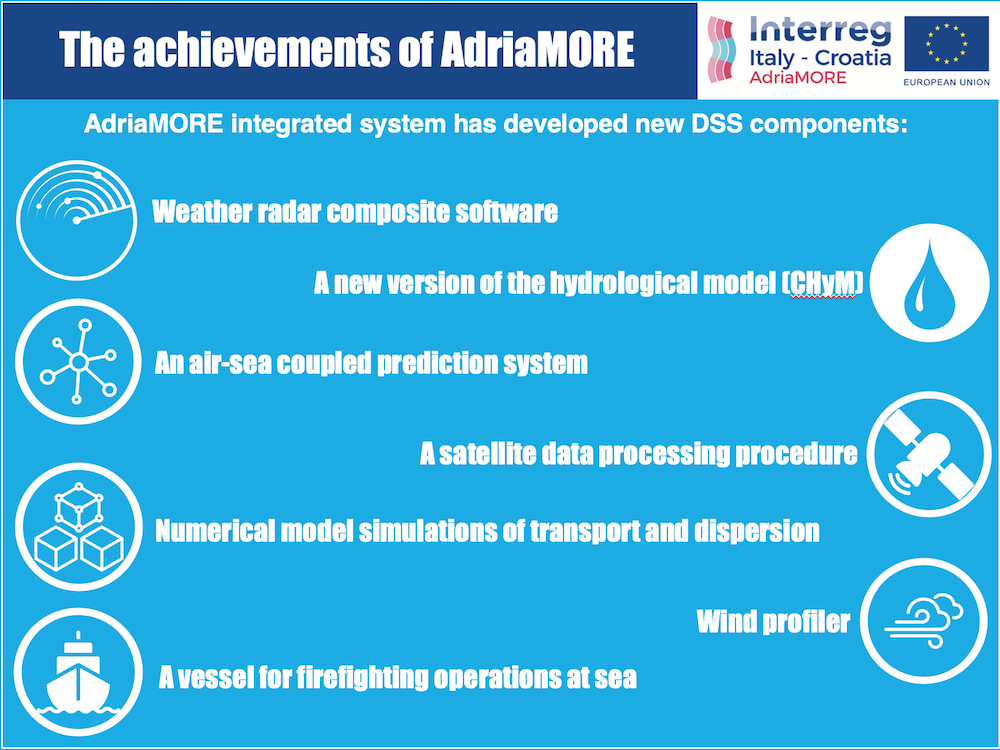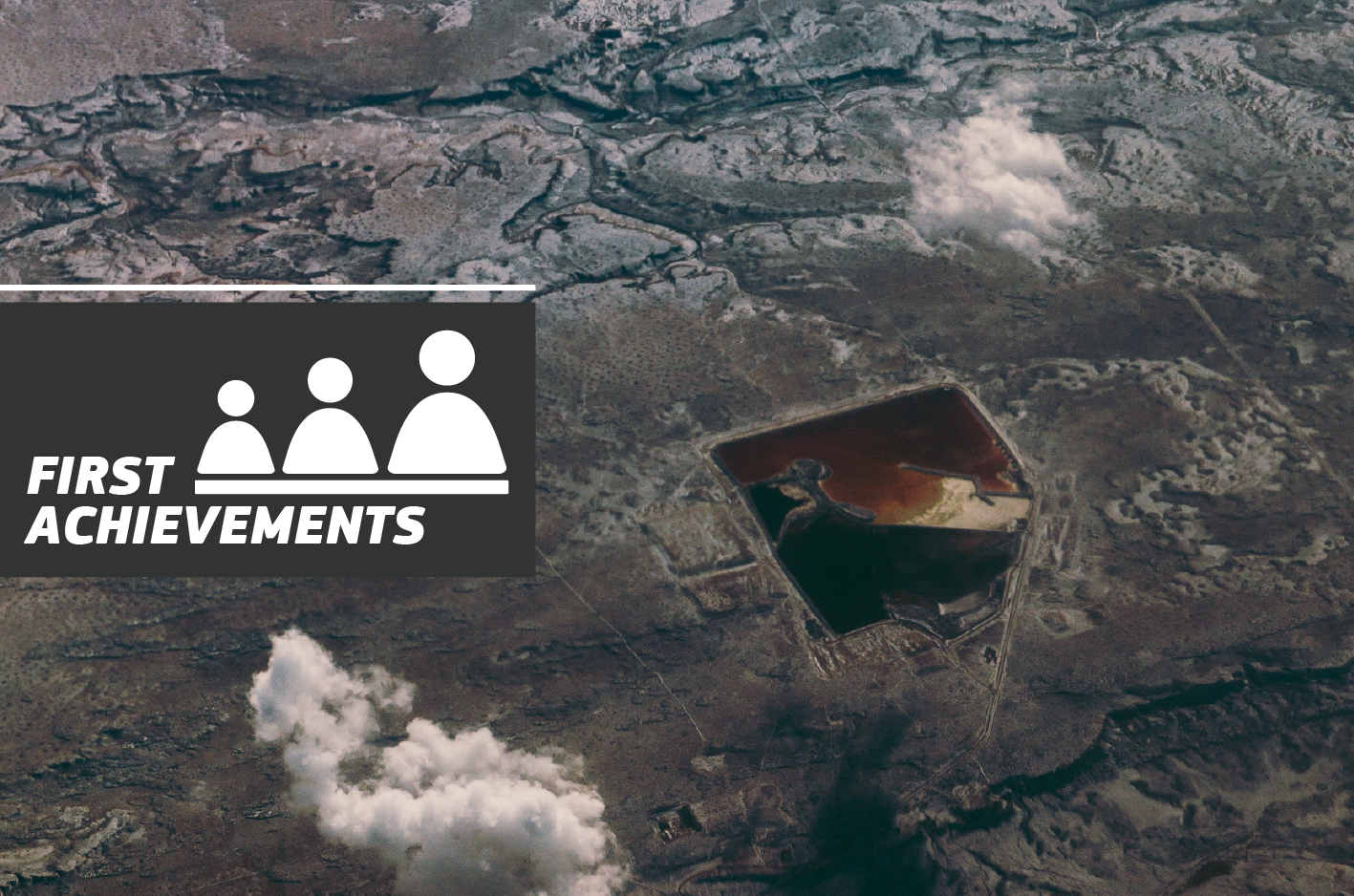
AdriaMORE has gone a long way since its launch in January 2018, and currently, the integrated system based on shared satellite data processing procedures is enhanced with new components, which will enable civil protection to forecast possible future hydro-meteorological hazards in the Adriatic sea and coastline in Italy and Croatia.
Among the results stands out the weather radar composite software capable of ingesting and processing data from systems with different features, its application will allow to obtain better rain estimation in the Adriatic area. The preliminary results of the testing were presented at the 10th European conference on radar on meteorology and hydrology, ERAD 2018, which took place in the Netherlands in July 2018. Moreover, a new version of the hydrological model (CHyM), to be used operationally for coastal flood prediction on the Pescara and Neretva river basins has been finalized. In this regard, two pilot actions on coastal flows around the two river mouths were carried out, and gave valuable preliminary indications to evaluate and possibly predict future hydro-meteorological risks.
In addition, the wind profiler is now set up in the Dubrovnik area, it will be used to improve wind monitoring and forecast. Thanks to the project, the Dubrovnik and Neretva Region has also acquired a firefighting boat, which is now moored in Dubrovnik: the vessel is equipped with a satellite radar for off-shore firefighting operations and will be tasked with the monitoring of the southernmost part of the Adriatic. This is of extreme relevance for the region if we consider that this part of the land cannot be reached in any other way but the sea.
These AdriaMORE achievements will be finally adapted and tested in the next few months, so that the involved territories and people will be equipped with effective tools to tackle severe weather events and other marine risks triggered by hydro-meteorological events, thus reducing damage and increasing safety



